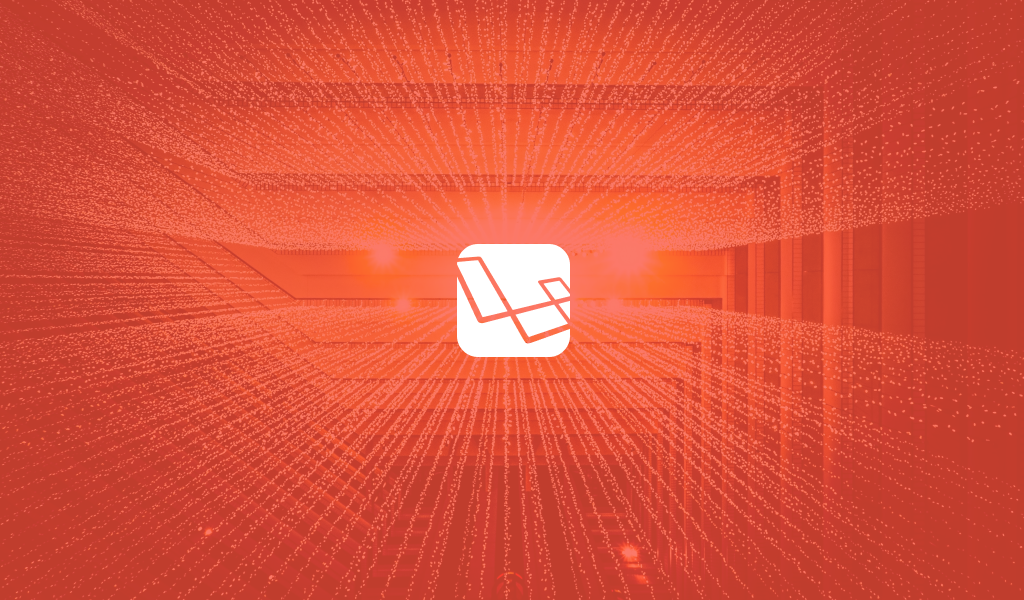Uncategorized
10 Tips for Laravel Performance Optimization
December 19, 2018 — By Brain Technosys
Laravel has proved to be a popular method since its inception in 2011. It deals with business applications related to information management systems and e-commerce platforms. There are ten tips for improving Laravel Performance.
1. Config Caching
Laravel offers a very interesting command known as Artisan Cache Config, which assists in enhancing the performance level. Its main usage is that when you store the configuration, any changes made, do not have the effect. If the config has to be refreshed, you can redo the above command. For further maximizing the application, you can utilize OPcaches, which stores the PHP code. This helps in avoiding to recollect it.
2. Routes Caching
This is an important optimization feature, especially for applications having several routes and configuration. The routes cache is an easy collection and speeds Laravel performance. This occurs due to the fast loading of the array. You should consider using the command whenever config or routes files have been altered.
3. Unused Service To Be Deleted
For the optimization of Laravel performance, it is essential not to load the entire services via the config. At the same time, you should disable the unwanted services in the config files.
4. Classmap Optimization
A mid-level Laravel pap contains several files. This is so as Laravel has the practice of bringing out multiple types of files for including requests. You can state that all the files are covered in the include request and make them into a single file. Hence, a single file can be used and loaded that relates to every include request.
5. Composer Optimize Autoload
It is an excellent plan to use Composer scan function on the application. From this, you can form a one-to-one association of the classes and files in this application.
6. Including Libraries Limited through Plugins
One of the best things that Laravel offers its users is that it can accommodate huge number libraries in the application. Hence, it is important to review all those libraries within the code. If you can manage without any library, then perhaps you can delete it from the config/app.php file. This action will help you to hasten the process of speeding up the application.
7. A compiler that works on JIT
Translation of PHP code to bytecode is possible, which is followed by the execution of its resources using intensive processing techniques. Hence, use of techniques like Zend Engine is needed to execute the C subroutines. This procedure has to be repeated every time you execute the app. In order to save your time, it is necessary to repeat this procedure only once. Hence, Just-in-Time (JIT) compilers have proved to be more advantageous. JIT compiler known as HHVM, developed by Facebook, is recommended for Laravel apps.
8. Selecting A Quick Cache And Session Driver
For the purpose of tuning Laravel at its optimal level, you need to follow the best route. This consists of storing the cache and session sections in the random access memory. It has been believed that the fastest possible cache and session drivers meant for the performance of Laravel 5, is Memcached. Here, for changing the session, a key is used which is normally located in app/config/session.php. Similarly, a key is used to change the cache driver, which is usually located in app/config/cache.php.
9. Results Of Queries Can Be Cached
You must know that the results of your queries can be cached that enables you to run and improve the performance level of Laravel 5.5. Hence, it is recommended to remember the function that is used as ‘Eager Loading’ for data.
10. Using Function Eager Loading For Data
Laravel provides you great access to ORM that helps to deal with databases. It is known as Eloquent. It helps you to generate models involving abstracts of the database tables from the developers. Through the use of simple structures, it is possible for the developers to employ Eloquent to manage all the CRUD operations in the PHP. When Eloquent uses eager loading, it recalls all the associated object models in response to the initial query. This procedure adds up to the response of the application. Here, you will be able to compare lazy loading and eager loading functions.








